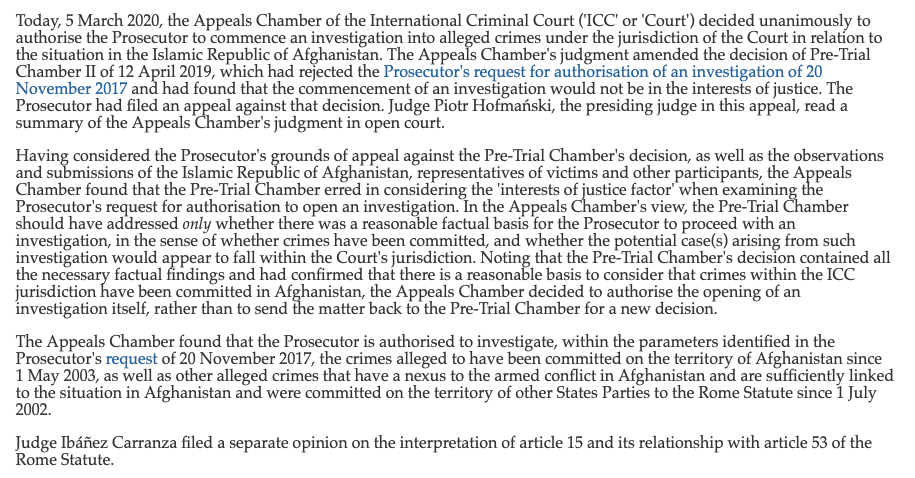Abstract
The implications of the pandemic for US-China relations are relevant for global peace and prosperity, well beyond the Asia-Pacific. Rather than joining forces against the pandemic, COVID-19 is among the factors that have widened the rift between the United States and China, bringing bilateral relations to their lowest level since Nixon and Kissinger’s overtures in 1971. In fact, US-China zero-sum interactions across the geopolitical, economic, technological and political domains have spiralled towards a dangerous race to the bottom. While it is too early to declare a US-China “Cold War”, China’s assertiveness and the US maximalist pushback are working in lockstep to reify the Cold War trope past the 2020 US presidential elections.
***
The fight against COVID-19 and its aftermath poses one of the most pressing challenges confronting the international community since the end of the Cold War. At the same time, the coronavirus crisis coincides with momentous changes in world politics and seems to accelerate the decline of the so-called liberal international order, a misnomer for an era loosely defined by multilateral diplomacy, an open world economy and a degree of international stability buttressed by US military preponderance and a US-China entente that extended from geopolitics to economics, trade, technology and finance. Yet, China’s new-found assertiveness, global political involution, the fecklessness of international organizations, the growing allure of dirigisme, and the advent of a more isolationist, if not outright disruptive and protectionist United States posture, have dealt repeated blows − both exogenous and endogenous – to international stability.
The pandemic has accelerated these political and economic trends. For instance, international organizations, such as the World Health Organization (WHO) and the United Nations, have been powerless in the face of COVID-19 because they’ve been playing second-fiddle to great power politics. China’s misreporting to and influence over the WHO contributed to an initial underestimation of the health risks and infectiousness associated with the novel coronavirus. Still, Washington’s populist decision to withdraw its funding and membership from the WHO – adding to growing frustrations of its European and Pacific allies – only exacerbated the problem of multilateral coordination during a pandemic. The emergency has allowed states to further centralize control over economic and social affairs – arguably also for good reasons – and has lent legitimacy to a recrudescence of nationalist and protectionist instincts, effectively empowering many of the world’s strongmen. Still, the ripple effects of a potential post-pandemic depression are hard to discern. As popular discontent mounts, populist strongmen and democratic leaders alike may exhaust the charisma acquired through COVID-19 crisis-responses, ushering the way to two broad scenarios. A pessimistic outlook suggests further political decay and deepening geopolitical tensions as national interests more easily clash, and leadership seeks to divert attention from socio-economic grievances. Alternatively, contemporary history has demonstrated that genuine political evolution, new social compacts, redistributive political economies and multilateral systems of governance may acquire a new shine following a major crisis (Both scenarios assessed by Fukuyama 2020).
This essay focuses on the geopolitical impact of the pandemic in the Asia-Pacific with an accent on US-China dynamics. I argue in favour of the first, pessimistic scenario because COVID-19 is cementing Sino-American strategic rivalry and crystallizing Washington’s maximalist pushback against Beijing, with implications that go well beyond the region. High-stake geopolitical manoeuvrings between the US and China are impacting economic, political and security dynamics globally. More importantly, the ongoing political warfare between the two – one that has been exacerbated by the pandemic – is cementing US-China enmity and reifying the new “Cold War”. Understanding the drivers of US-China strategic competition will help third parties better navigate the stormier geopolitical seas ahead. As the discussion below will demonstrate, US allies are well-advised to prepare for the challenges posed by a rising and aggressive China, but there is a concomitant need to manage and ameliorate the risks associated with a disruptive, and declining, hegemonic power – the United States of America. Given space limitations, this essay places special emphasis on the US pushback; the author recognizes China’s composite assertiveness, if not aggressiveness, that has fed into US behaviour (Small et alia 2020), but the radical pushback is arguably feeding the monster it has tried to tame.

US-China Power Politics During the Pandemic: Minds, Money and Might
Ever since the unveiling of the December 2017 National Security Strategy (NSS) and 2018 National Defense Strategy, the Trump administration has embarked on a steady crescendo of initiatives, both domestic and international in scope, aimed at curbing China’s influence. Following the demise of voices of moderation, such as former director of the National Economic Council Gary Cohn, security and economic hawks within the Trump administration have steered the American ship of state towards a maximalist pushback against Chinese assertiveness. For instance, the National Security Council has worked in tandem with Mike Pompeo’s State Department, the Department of Justice (DOJ) and other relevant government agencies to craft a “whole-of-government” response that mobilized US leverage – from trade embargoes and military power to strategic communications and counterintelligence (Sutter 2019) – to contain China’s rise. The foreign policy pendulum had shifted substantially from the Obama presidency – an administration that was keener on transnational threats and diplomatic inducements over big-stick diplomacy – to usher in Trump’s highly transactional diplomacy, and contempt for global challenges – such as climate change –, multilateral cooperation, and international organizations. Thus, the US muscled up for an age of “great power competition” to pursue peace through strength and aimed at rectifying supposed security and economic imbalances with friends and foes alike, through an “America First” agenda.
Specific to the China challenge, the recent overhaul of the United States’ foreign and security policy is premised on a Manichean diagnosis of the nature of its main strategic competitor. Fieldwork in Washington DC in 2019 and 2020 suggested that key national security decisionmakers acted on the belief that the Chinese Communist Party (CCP) and its influence are essentially malign. Under Xi Jinping’s leadership, the CCP engaged in cultural and (through forced sterilization) effective genocide in Xinjiang, heavy-handed political repression as in Hong Kong, and a dystopic use of new technologies for surveillance purposes. While much of this assessment rings true, the US government translated the CCP’s pursuit of regime security and its regional assertiveness into a conspiratorial assessment of China’s global intentions, capabilities, and modus operandi (Johnston 2019, Barboza 2020, Spalding 2019, McMaster 2020). US decisionmakers believe that the CCP seeks to export its autocratic system of governance, ensnares developing countries into neo-colonial “debt trap” diplomacy under the banner of the Belt and Road Initiative, infiltrates liberal democracies to meddle into their domestic politics, and leverages “whole-of-society” intelligence efforts to steal its competitors’ technological, military and economic secrets (White House 2020). In short, key US policymakers equated China with the Soviet Union and Xi Jinping with Joseph Stalin, to conclude that a capitalist, democratic United States was fundamentally incompatible and couldn’t co-exist with a Marxist-Leninist regime, that poses a long-term existential threat (Pompeo 2020, O’ Brien 2020).
Alas, the COVID-19 black swan has accelerated the international and domestic push factors towards a downward spiral in US-China relations. To be sure, the US-China Cold War trope already contained the seeds of a self-fulfilling prophecy (Wolf 2019), but the administration’s Cold Warriors did not have a free hand. For instance, Treasury Secretary Steven Mnuchin and US Trade Representative Robert Lighthizer were more interested in reaching a trade deal with Chinese counterparts rather than pursuing negotiations into an endless economic race to the bottom. More importantly, they were empowered by a US President, who prioritized his own re-election and, as long as the US economy roared and Trump could have spun the US-China phase-one trade deal as a “victory”, he was conspicuously uninterested in criticizing China’s gross human rights violations. In fact, the US president was enthralled by and envious of Xi Jinping’s autocratic powers and methods (Bolton 2020). Finally, while the US legislative branch pointed at a bipartisan consensus aimed at curbing Chinese influence the spirit remained largely reactive not least because US public opinion prioritized Islamic terrorism and Russia as international threats. On the contrary, the pandemic has empowered the US administration’s radical hawks, convinced Trump of the merits of demonizing China as key to a second term, thus abandoning his earlier restraint to make up for a failing economy and falling popularity. In turn, this informed a degree of reactive aggressiveness on China’s part and fed into spiralling US-China security dilemmas during an election year.
The pandemic has widened the international rift between the two great powers and accelerated the trend towards international instability. In the author’s view, the pandemic fed into mutual mistrust, deepening geopolitical tensions and mounting insecurity that were independent of each state’s strategic intent. The logic has been distinctively zero-sum. In fact, the US government explicitly aimed to prove that Beijing was more dependent on America than vice-versa (Pompeo 2020), while policymakers on both sides understood defensive or internally motivated initiatives as offensive ones. As a result, the US and China moved along a mix of reactive and assertive postures that betrayed a series of dangerous security dilemmas governing bilateral relations and the two governments have not shied from tapping all dimensions of power during the pandemic: military, economic and communication power. In fact, the Trump administration recalibrated its maximalist pushback on all of these dimensions in light of the security and economic hawks’ fixation with China’s “unrestricted warfare” (Barboza 2020, Spalding 2019). The pandemic presents a good window on the escalation of US-China power politics in the three-dimensional chessboard. The mutually reinforcing dangerous spirals in propaganda, techno-economic competition and military rivalry underpins the author’s pessimistic outlook.
Minds: An All-Out Information War
First and foremost, the US and China have been embroiled in an all-out communication war during the pandemic, replete with propaganda and disinformation. Domestic factors have been particularly salient in facilitating the vicious circle of US-China retaliatory tit-for-tat during the pandemic. Thomas Christensen has identified Trump’s and Xi’s preoccupation with the preservation of their own political legitimacy in the face of a major crisis as the driver of the US-China clash (Christensen 2020). Thus, China and the United States’ blame game on the origins of the pandemic, according to which government laboratories of either country were implicated in the creation of the virus, was aimed at diminishing the responsibilities of their own leaders. As the US economy entered into a recession, Trump and the Republican Party beat the “China/Wuhan virus” drums to: 1) demonize China for causing the pandemic and the economic crash, and 2) indict Joe Biden for being soft on China, for instance, because he did not support the administration’s early China travel ban and because he was traditionally in favour of a policy of engagement towards Beijing. These accusations would reach their nadir through heavy-handed ad campaigns, according to which Biden was complicit with China, a country responsible for “stealing our jobs” and “killing our people”.1 In the process, the government-backed narratives of victimhood at the hands of a malevolent China have led public opinion to prioritize the China threat, and cornered Biden and the Democratic Party into an equally resolute stance against Beijing.
International factors in the zero-sum logic of power politics have also been at play. The US government’s preoccupation with building a “coalition of the willing” to investigate the origins of the virus, and its denial of WHO analyses of its origins and progression, certainly aimed at facile scapegoating to account for its home-bred failures, but also stemmed from the ideological belief that the CCP was responsible, even if unwittingly, for the creation and spread of the virus (Rogin 2020). The Trump administration aimed at cornering the CCP for its negligence in allowing the virus to spread in order to score points in the US-China global battle for “hearts-and-minds” that has gathered momentum over the past few years. Along with an overhaul of the State Department that prioritized the China challenge, and the rallying of the CIA, Homeland Security and other branches, the Trump administration defunded traditional public diplomacy programs to refurbish and substantially empower the Global Engagement Center (GEC) – an interagency office aimed at coordinating, integrating, and synchronizing government-wide communications initiatives directed at foreign audiences with an original focus on ISIS and, eventually, Russian disinformation. Under the Trump administration, GEC would engage in data-driven and audience-focused strategic communications that countered especially China’s narratives, propaganda, and public diplomacy-writ large. By 2020 GEC’s base budget had ballooned to $ 138 million dollars from $ 20.2 million dollars in fiscal year 2016 (Department of State 2020). The zero-sum quality to US-China public diplomacy initiatives triggered action/reaction dynamics, no matter the intended audiences and effectiveness of such messaging. For instance, GEC had prioritized China’s “medical aid diplomacy” in the aftermath of the COVID-19 crisis, especially its heavy-use of state-sponsored disinformation and coordinated inauthentic behaviour on social media (Gabrielle 2020).
GEC has grossly overestimated China’s efforts to subvert the US, hinting at an improbable coordination between Russia and China in the global propaganda wars and exaggerating the magnitude of China’s disinformation network on social media (CNN 2020). Alas, the US government apparently understood China’s propaganda efforts solely in terms of an offensive strategy that weaponized its public diplomacy to mimic Russian disinformation malpractice. According to this logic, China would spin its medical diplomacy and assistance for political advantage, thereby discrediting European and US governments’ actions, magnifying social tensions and driving a wedge between targeted states and their traditional allies.
In fact, China’s “wolf-warrior” diplomacy and manipulative social media engagement was essentially domestic-focused. The propaganda and retaliatory measures threatened against countries that criticized Beijing’s handling of the crisis, such as Australia, successfully alienated China’s counterparts. Similar to the Wolf Warrior movie franchise, China’s heavy-handed diplomacy and more active use of government-backed disinformation campaigns on Western social media were successful with the intended audiences: Chinese citizens – who vicariously participated in the Twitter battles through echoes in their own state-sanctioned media – Chinese expats and overseas Chinese. Authoritative China-watchers recognize that Beijing acted out of a feeling of deep insecurity over regime stability – in fact, real unemployment had already sky-rocketed ahead of the COVID-19 crisis (Interview 2019) – and preliminary evidence suggests that China’s overseas information operations were aimed at mobilizing and cementing a united front already by late 2019 (Etō 2020). The US government’s all-out communication offensive on the virus origins, on China’s mishandling of the coronavirus, and high-profile calls for political change (Pottinger 2020; Pompeo 2020) certainly hit a raw nerve in Zhongnanhai, because overseas Chinese communities, which have fuller access to information through Western media and social media platforms, are an important pressure group on regime stability in the mainland.
Above all, US efforts to demonize China across a wide range of issues from Covid to economic exploitation and technological espionage directed against the US were above all meant for domestic audiences to raise awareness of the long-term “existential threat” posed by China, in the words of Attorney General William Barr. The US counter-intelligence pushback under the banner of the DOJ’s “China Initiative” picked up momentum with high-profile indictments targeting Chinese espionage activities in the US climaxing during the pandemic. In July FBI director William Wray reported more than 2000 active counterintelligence investigations tied to China, and a new China-related counterintelligence investigation opened by the FBI every 10 hours (Wray 2020). Growing oversight and limitations on the activities of US-based Chinese diplomats and state-sanctioned media outlets, visa caps and bans on Chinese reporters, advanced STEM researchers and Chinese nationals with previous ties to the military apparatus, and threats of a visa freeze against the hundreds of thousands of foreign, especially Chinese, students in US high schools and universities were a prelude to the July 2020 closure of the Chinese consulate in Houston. These activities illustrate the US government’s maximalist agenda. The Chinese tit-for-tat response was closure of the US consulate in Chengdu, with little comparable fanfare and popular mobilization. The Chinese government walked a fine line between communicating resolve, while not escalating the situation.
Ahead of the pandemic, US officials suggested that prosecutors were going to come up with a flurry of indictments on China-related espionage matters (CSIS 2020), but the surprising escalation of events testified to the hawks’ growing shadow within the US administration. And in February 2020, for instance, the DOJ indicted Huawei on charges under the Racketeer Influenced and Corrupt Organizations Act (RICO) that it stole intellectual property rights from six US companies; this unusual indictment, usually reserved for criminal organizations, is part of an effort to prevent Huawei from using the US financial system, including US dollars-based transactions, and discrediting it with other countries such as Britain which has succumbed to US pressures to cancel Huawei operations in that country.
Money: Techno-Economic Decoupling Accelerates
The above initiatives were closely linked with US economic competition with China, especially Beijing’s quest for a technological edge at the dawn of the fourth industrial revolution. Following the advent of Trump, the US redoubled its efforts at economic statecraft. That is, the use of economic and tech policy to advance security and diplomatic goals. China’s dirigisme, its distorted market practices and its notorious intellectual property right infringements have prompted a series of defensive countermeasures – including the aforementioned DOJ’s China Initiative – to protect the US defense industrial base and its sensitive technologies, also through tighter screening of foreign direct investments, and export controls. This initiative prioritized foundational technologies, that could provide a military and economic edge to US firms. After all, the deployment of new technologies, such as Artificial Intelligence, quantum computing, robotics and advanced information and communication components presented dual-use risks. These were especially evident under China’s “military-civil fusion” path to technological innovation.
Yet, Washington also embarked on a more offensive set of measures to slow down China’s transformation into a global powerhouse able to compete with the US. Import tariffs, blanket bans and threats against the rollout of Chinese 5G networks at home and abroad, and the imposition of export controls on US technology to major competitors, such as Huawei, would have led to a US-China technological and economic decoupling, with major ruptures to global supply chains. By the time China and the US had agreed on a “phase one” trade deal, overall tariffs on Chinese imports into the US market had sky-rocketed to 19.3%. China also agreed to buy $ 200 billion-worth of US exports to freeze the trade war and deter Trump from more restrictive executive orders against its national champions, but the pandemic broke the US-China economic truce. As the coronavirus hit China, implementation of the US-China trade deal became unlikely; and as the coronavirus hit the United States and the global economy, the prospects of a Trump’s re-election dimmed.
For these reasons, Trump jumped embraced the China hawks’ maximalist agenda to engage in markedly more destructive economic statecraft. In May 2020 Trump renewed an earlier executive order concerned with embargoing exports of US technology and components to Chinese powerhouses, including Huawei. More importantly, he agreed – following earlier vacillations – to block US semiconductors and foreign chips with US tech component from reaching Huawei. The US government did explore inducements and alternatives to China’s 5G dominance; at different points, government officials suggested buying up or providing export credits to Nokia and Ericsson, Huawei’s largest competitors on 5G components, or providing export credits to cloud-based alternatives hailing from Japan. But the government was now clearly acting in ways to slow Huawei down, through heavy-handed US high-tech embargoes and restricting market access (FitzGerald et al 2020).
Finally, OECD countries’ — indeed much of the world — heavy reliance on China for the supply of medical products and active ingredients of most generic drugs has translated into cool-headed calls to (partly) readjust their economies’ supply chains. Yet US tariffs and its technological offensive aimed at slowing down China’s catch-up, also included negative inducements for US and multinational enterprises to more fully decouple from China’s market and tech-providers. Essentially, these countermeasures heighten the risk of doing business with China’s multinational enterprise, and will drive away customers from suboptimal Chinese products, especially in high income economies. The US government certainly demonized the risks associated with Chinese technology, from 5G components to social media platforms, to convince allies and third countries from shunning these products. The bad press China received during the pandemic –also due to Beijing’s own heavy-handed tactics and self-serving behaviour – facilitated this process and became hostage to political grandstanding. After all, European public opinion polls registered a marked worsening of perceptions towards China (Oertel 2020). Finally, what direct US pressure on allied governments couldn’t achieve, was effectively reached through US tech embargoes. The UK’s surprising backtracking and ban on Huawei owes much to heavy-handed pressure from Washington. (Helm 2020).
Conclusion
The military and harder-security component of the Trump administration’s China pushback deserve an essay of its own. But suffice to say that under Trump the US government increased the number of freedom of navigation operations (FONOPs), while more actively enlisting the participation of likeminded partners in the deterrence mix towards China. In recent years the US government deployed its military and Coast Guard vessels and has mulled introducing tactical nuclear weapons in Northeast Asia. The scrapping of the Intermediate Nuclear Forces agreement in 2019 also points to a US-China missile race. The pandemic has accelerated these dynamics as evidenced by the increased tempos of military exercises in waters surrounding China, from the Indian Ocean to the South and East China Seas. This military signalling was a response to China’s growing assertiveness in its neighbourhood during the pandemic, as evidenced by the India-China standoff and its mounting pressure in and around the disputed Senkaku/Diaoyu Islands. This signalling culminated in two recent major exercises led by US aircraft carrier battlegroups with, respectively, the Indian navy off the Andaman Coast and with Australia and Japan in the Philippines Sea. The US government’s decision to take a sterner stance on China’s illegal maritime claims in the South China Sea has also been a notable development during the pandemic. But US salami-slicing tactics across the Taiwan Straits, while certainly reacting to earlier Chinese encroachment and maximalism, seriously risk propelling the world’s two largest economies into a hot confrontation.
This essay has made clear that the power political offensive waged by the United States has a distinctively zero-sum nature that encompasses the information and economic domains. But, to date, these initiatives have hardly exacted meaningful change in Chinese behaviour, not least because the end goal of the government’s “strategic approach” is unclear and its modus operandi is wholly premised on negative inducements. In fact, Washington’s propaganda, economic coercion and strategic narratives that suggest support for regime change may be understood as political warfare. Arguably, the US government’s own brand of “unrestricted warfare” may get under the skin of the Chinese leadership and open rifts between the CCP and wider society, or open rifts within the CCP elite. In the author’s view, however, Xi Jinping is benefitting from anti-US nationalism and a rally round the flag effect that, in return, feeds US intransigence. The pandemic is one factor that has exacerbated the maximalist diagnosis of China’s malign intentions (and growing capabilities) feeding into an exaggerated pushback that, in turn, kindles the insecurity of the counterpart. The downward spiral in US-China economic, strategic and propaganda interaction risks crystallizing enmity, as public opinion in both countries becomes convinced by the facile demonization.
Recently, Pompeo made a speech at the Nixon Presidential Library that marks the official end of US engagement of China. The Manichean tones and the stark choices between Freedom and Tyranny betray a resemblance with one of the speeches that marked the beginning of the Cold War, the Truman Doctrine. Still, most US allies will not buy into Pompeo’s most radical prescriptions and the pandemic has demonstrated just as much, as evidenced by the EU and major European players’ careful stance (Pugliese 2020), not least because China is not the Soviet Union nor is Xi Joseph Stalin. Moreover, US multinational enterprises and the rest of the world will likely continue doing business with China.
As Pompeo observes, Nixon’s feared that the United States might create a “Frankenstein” (monster) by opening the world to the CCP (Pompeo 2020). The very opposite logic – a Manichean China policy premised entirely on sticks and with no carrots to allow the counterpart to de-escalate – may actually be closer to the truth. As mutual antagonism, mistrust and suspicion deepen in the public opinion of both states, a potential Biden presidency or Democratic-led Congress will become warier of undoing some of the anti-China legacy of the Trump administration. While it is too early to declare a US-China “Cold War”, China’s assertiveness and the US maximalist pushback are working in lockstep to reify the Cold War trope past the 2020 US presidential elections.
*
Note to readers: please click the share buttons above or below. Forward this article to your email lists. Crosspost on your blog site, internet forums. etc.
Giulio Pugliese is a British Academy Post-Doctoral Fellow and Departmental Lecturer at Oxford University’s Oxford School of Global and Area Studies (OSGA). He is affiliated with St. Antony’s College.
Sources
Barboza, D. 2020. “Steve Bannon on Hong Kong, Covid-19, and the War with China Already Underway”, The Wire China, 24 May.
Bolton, J. 2020. The Room Where it Happened, New York: Simon & Schuster.
Christensen, T. 2020. A modern tragedy? COVID-19 and US-China relations, Washington DC: Brookings Institution, May.
CNN, 2020. “Twitter disputes State Department claims China coordinated coronavirus disinformation accounts”, 8 May.
CSIS, 2020. China Initiative Conference, 6 February.
Department of State, 2020. Congressional Budget Justification Department of State, Foreign Operations, and Related Programs, February.
Etō, N. 2020. “新型コロナウイルスをめぐる中国の対外宣伝――人類運命共同体を促進する統一戦線工作” (China’s External Propaganda on the Novel Coronavirus: United Front operations push for a Community of Common Destiny)、SPF China Observer N. 31, 20 May.
FitzGerald, D. & Krouse, S. 2020. “White House Considers Broad Federal Intervention to Secure 5G Future”, Wall Street Journal, 25 June.
Fukuyama, F.2020. “The Pandemic and Political Order: It Takes a State”, Foreign Affairs, July/August.
Gabrielle, L. 2020. Briefing With Special Envoy Lea Gabrielle, Global Engagement Center Update on PRC Efforts to Push Disinformation and Propaganda around COVID, 8 May.
Helm, T. 2020. “Pressure from Trump led to 5G ban, Britain tells Huawei”, The Guardian, 18 July.
Interview, 2019. Japanese academic and government official. 27 December, Tokyo.
Johnston, A. I., 2019. “Shaky Foundations: The ‘Intellectual Architecture’ of Trump’s China Policy”, Survival, Vol. 61 (2): 189-202.
McMaster, H.R. 2020. “How China Sees the World”, The Atlantic, May.
O’ Brien, R. C. 2020. The Chinese Communist Party’s Ideology and Global Ambitions, 24 June.
Oertel, J. 2020. “China, Europe, and covid-19 headwinds”, ECFR Commentary, 20 July.
Pompeo. M. 2020. Communist China and the Free World’s Future, 23 July.
Pottinger, M. 2020. Remarks by Deputy National Security Advisor Matt Pottinger to the Miller Center at the University of Virginia, 4 May.
Pugliese, G. 2020. “新型コロナウイルス危機で米中摩擦の狭間に立つEU:中国の挑戦と米中情報戦を中心とした分析”(The EU Amid US-China Confrontation During the Novel Coronavirus Crisis: An Analysis Focused on the China Challenge and the US-China Information War), 東亜 (Tōa), Vol. 8 (August): 18-27.
Rogin, J. 2020. “State Department cables warned of safety issues at Wuhan lab studying bat coronaviruses”, The Washington Post, 14 April.
Small, A. and Jaishankar, D. 2020. “‘For our enemies, we have shotguns’: Explaining China’s new assertiveness”, War on the Rocks, 20 July.
Spalding, R. 2019. Stealth War: How China Took Over While America’s Elite Slept, New York: Portfolio.
Sutter, R. 2019. “Washington’s «Whole-of-government» Pushback Against Chinese Challenges—Implications and Outlook”, PacNet, No. 26, Honolulu: CSIS Pacific Forum, 23 April.
Wadhams, N. and Martin, P., 2020. “China Consulate Fight Shows Trump’s Hardliners Are in Charge”, Bloomberg, 22 July.
White House, 2020. United States Strategic Approach to the People’s Republic of China, 26 May.
Wolf, M. 2019. “The looming 100-year US-China conflict”, Financial Times, 4 June.
Wray, C. 2020. The Threat Posed by the Chinese Government and the Chinese Communist Party to the Economic and National Security of the United States, 7 July.
Note
1 For evidence, please refer to Beijing Biden, a website and ad campaign pushed by the richest pro-Trump Super PAC, co-founded by Vice-President Mike Pence’s Former Chief of Staff.
All images in this article are from APJJF


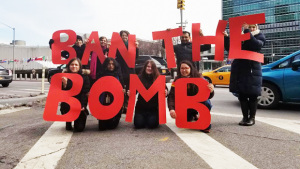


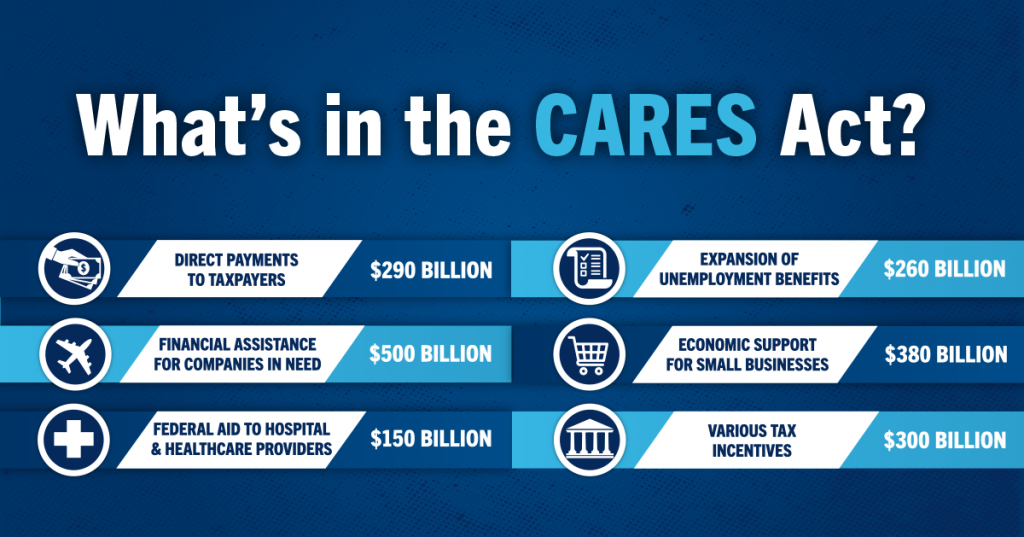


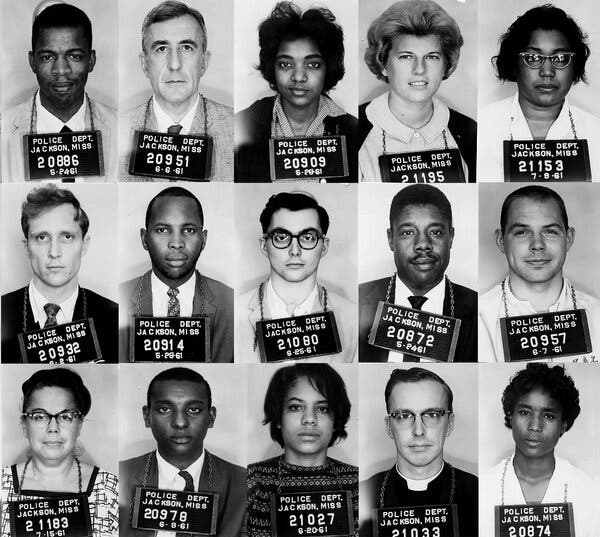


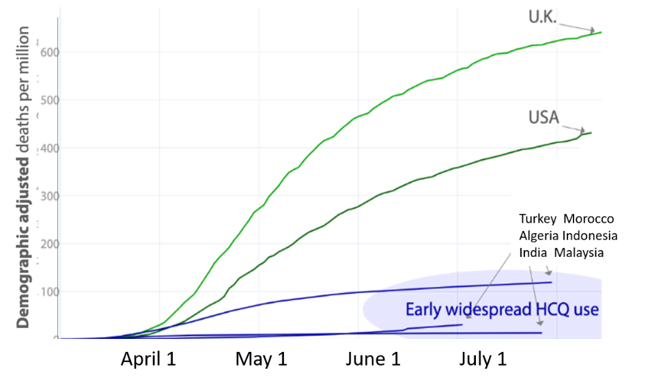



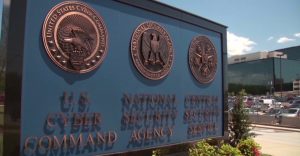
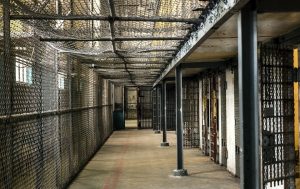
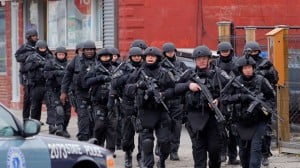




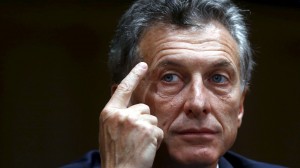
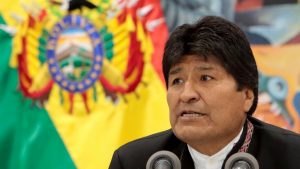
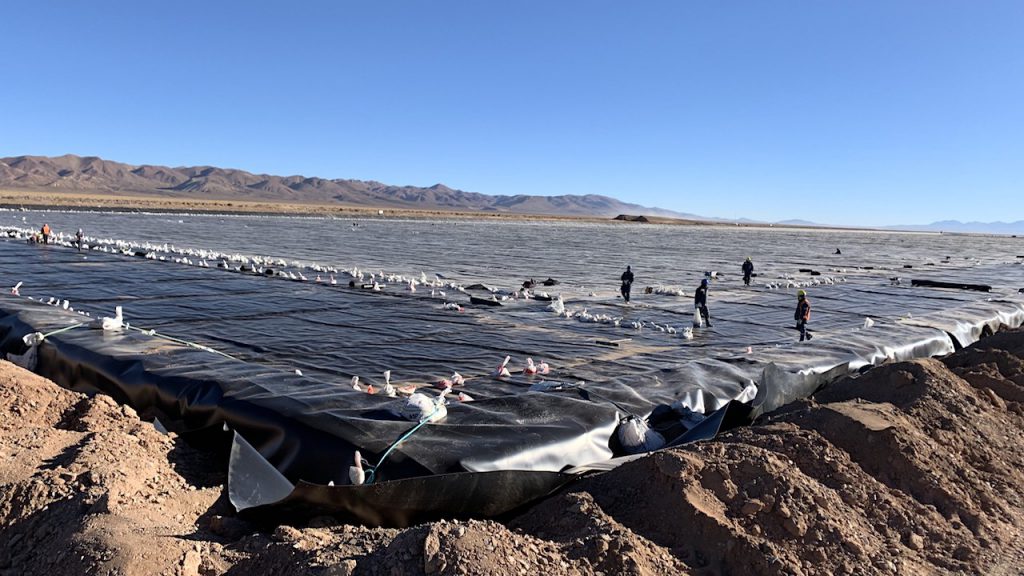


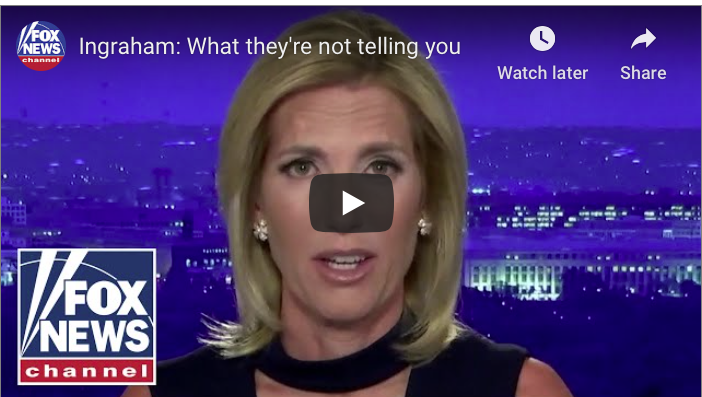
 Can you
Can you 
